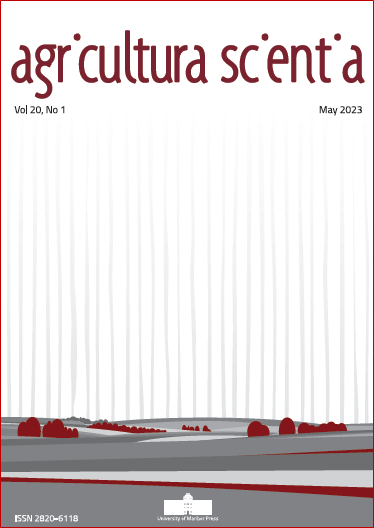Common Plant Bioactive Components Adopted in Combating Gastrointestinal Nematodes in Small Ruminant – A Review
Abstract
The high cost incurred by rural farmers on chemical anthelmintics, the reduction of the efficacy of this class of drugs and the development of resistant strains of Helminth has necessitate the search for suitable alternatives. However, there are still research gaps in the use plant secondary metabolites with no proper documentation of the active compound(s), standard administration route, mode of action, and standardization of its use in small ruminant animals. This review focuses on the use of bioactive components of plants and plant extracts in combating gastrointestinal nematodes (GIN) in ruminant animals. It highlights the importance of the use of plants in both ruminant nutrition and health, the flaws of conventional methods of treatment and the need for suitable alternatives. It further documents the major bioactive components of plants used in the treatment of GIN in ruminants and their mode of action on nematodes’ eggs, larva and adult worms. It is very clear that there exists a gap in research to validate the in vitro testing of some useful compounds in vivo owing to the identification of active components as most of them work in synergism with others, the dosing of the extracts is not uniform as the molecular weight of the selected compounds differs in most cases. Hence, this informs the need for collaborative research to validate the use of bioactive compounds and subsequent drug development to replace costly conventional anthelmintic that are constantly losing efficacy.
Downloads
Copyright (c) 2023 admin

This work is licensed under a Creative Commons Attribution-NonCommercial-NoDerivatives 4.0 International License.

